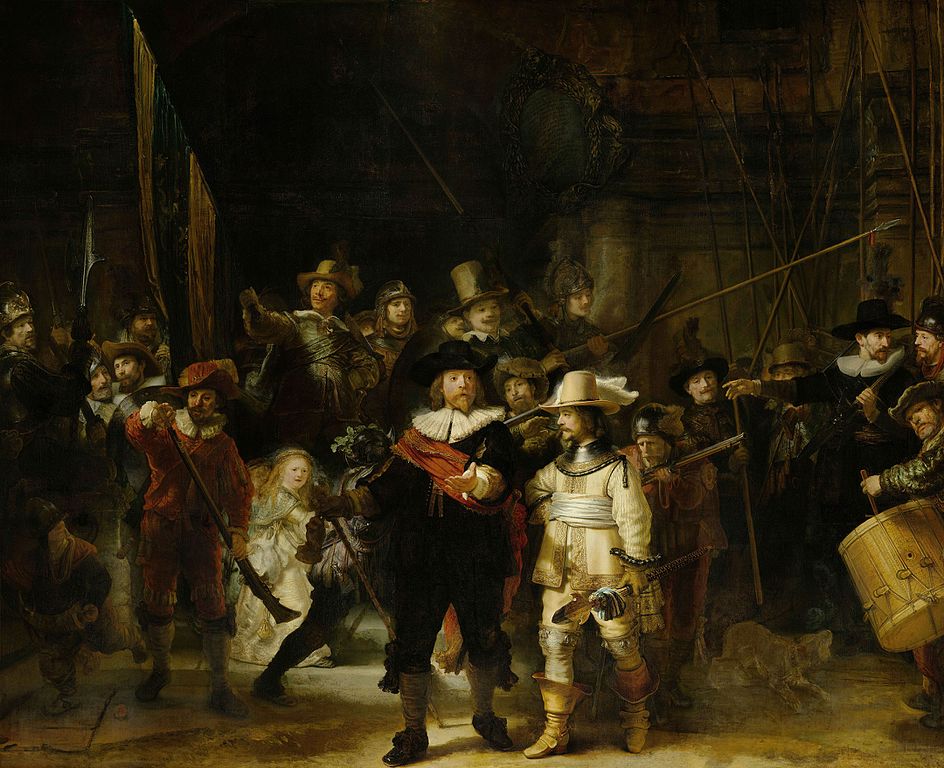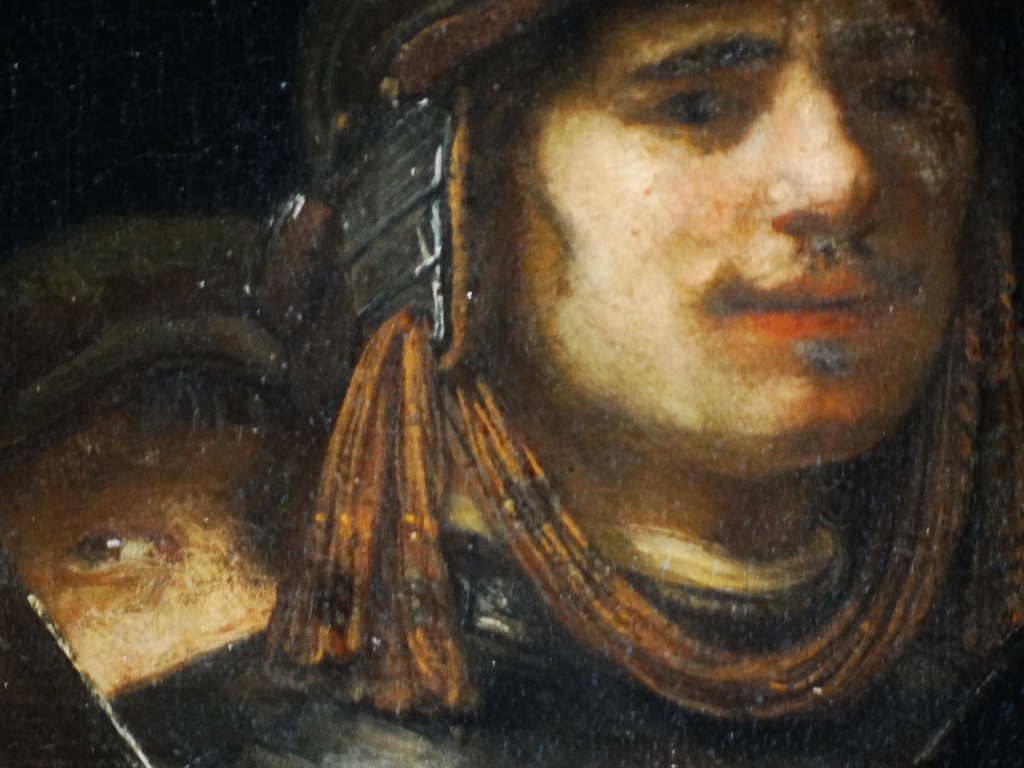In collaboration with Michiel Vliegenthart - Classic Art Expert
It is one of the most famous paintings in the world, the 3.63 by 4.37 metre long masterpiece: The Night Watch by Rembrandt van Rijn. You probably knew it depicts a militia company and can be seen in the Rijksmuseum in Amsterdam, The Netherlands, but do you remember more facts about The Night Watch? Read on and test your classical art knowledge now!
One of the First Action Group Portraits
Rembrandt painted this group portrait on commission of the militia company of Captain Frans Banning Cocq and his lieutenant Willem van Ruytenburch. Rembrandt was the first to depict figures in action on his group paintings. The Captain (in black) orders his men to march. The 18 men who paid for the painting had their names listed on a shield above the gate, which was added later in time. The painting hung in the great hall for nearly a century.
The Night Watch is Actually a Nickname
If someone started a conversation about a painting titled The Company of Frans Banning Cocq and Willem van Ruytenburch, would you be shocked to realise they were actually talking about The Night Watch? Because this was, in fact, the original name of the painting by Rembrandt. It was not until the late 18th century the painting got its rather misleading new name due to the dark background that was mistaken for a nocturnal setting. Even after restoring the dark varnish that gave the painting its evening hue, the name The Night Watch persisted.

The Original Size
The Night Watch is famous for its size. With a height of 4.34 meters, it's difficult not to be impressed when you see the masterpiece on the walls of the Rijksmuseum. The Night Watch is thoroughly guarded to prevent it from being damaged or even touched. In 1715 all four sides of the original painting from 1642 were trimmed, presumably for it to fit in the Amsterdam town hall between two columns. It meant the loss of three characters, the balustrade and the end of the step. The latter elements may seem irrelevant, but they were actually important visual tools to provide the painting with a forward motion.

The Golden Girl
The Night Watch is a dark group portrait with certain elements illuminated to draw the viewer's attention. This naturally accounts for the Captain, or rather his hand gesture, summoning the company to march. Very distinctive is the depiction of the little girl carrying a drinking horn, a pistol and a dead chicken. The girl symbolises the coat of arms of the Kloveniers guild, its emblem being a golden claw (the chicken’s claws) on a blue field (the light blue cape). The ceremonial drinking horn and pistol (called a “klover”) complete the symbolism.

Rembrandt's Cameo Appearance
One of the figures in the background (the one wearing a beret peering up from behind a helmeted figure) has been identified as Rembrandt van Rijn himself. Hardly even noticeable, Rembrandt again, as he did with some other historical scenes, found a way to immortalise himself in his own work.

Rembrandt van Rijn is seen as one of the greatest European artists, creating around 300 paintings, 300 etches and 2000 drawings during his life in the 17th Century. After you read this, we hope you are inspired to have a closer look at the art of painting. We recommend having a look at our Classical Art auction, where you can find a variety of masterpieces to not only admire, but also to purchase for your own private collection!